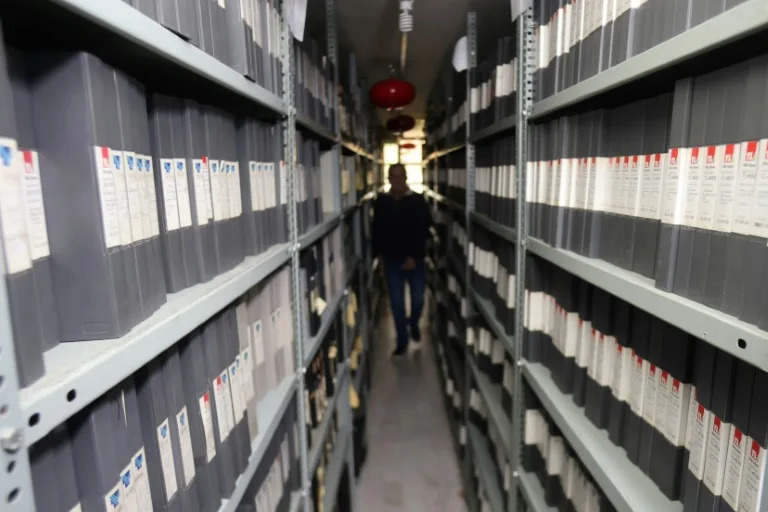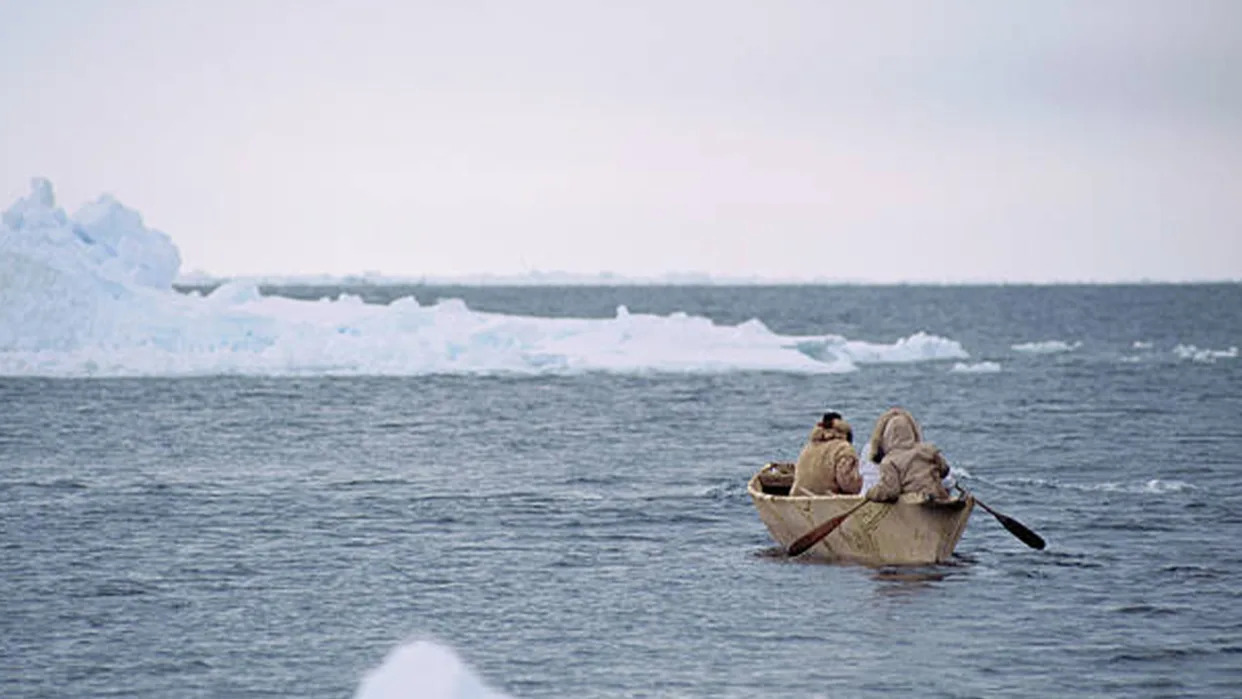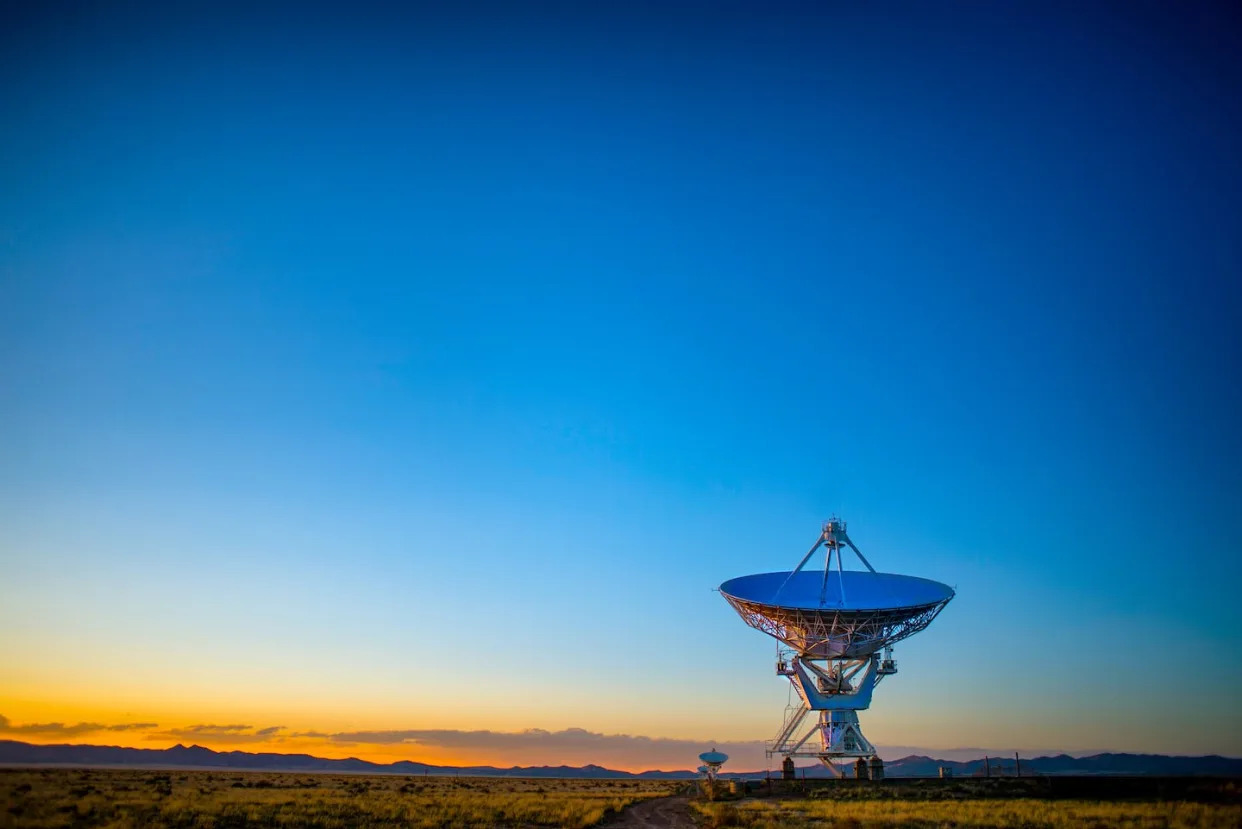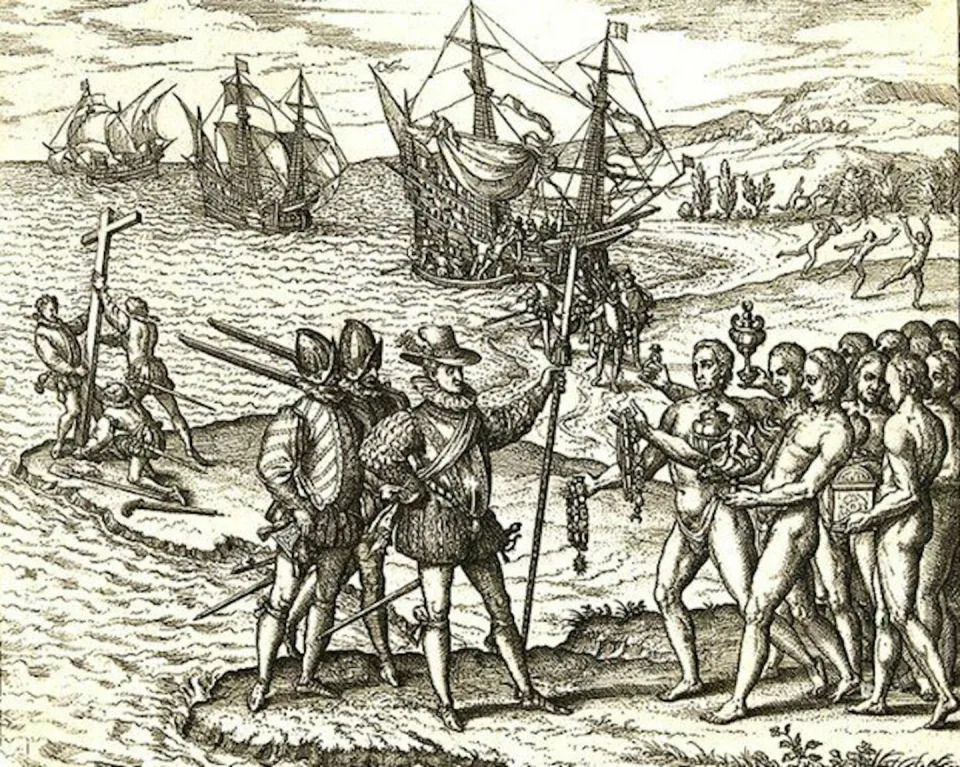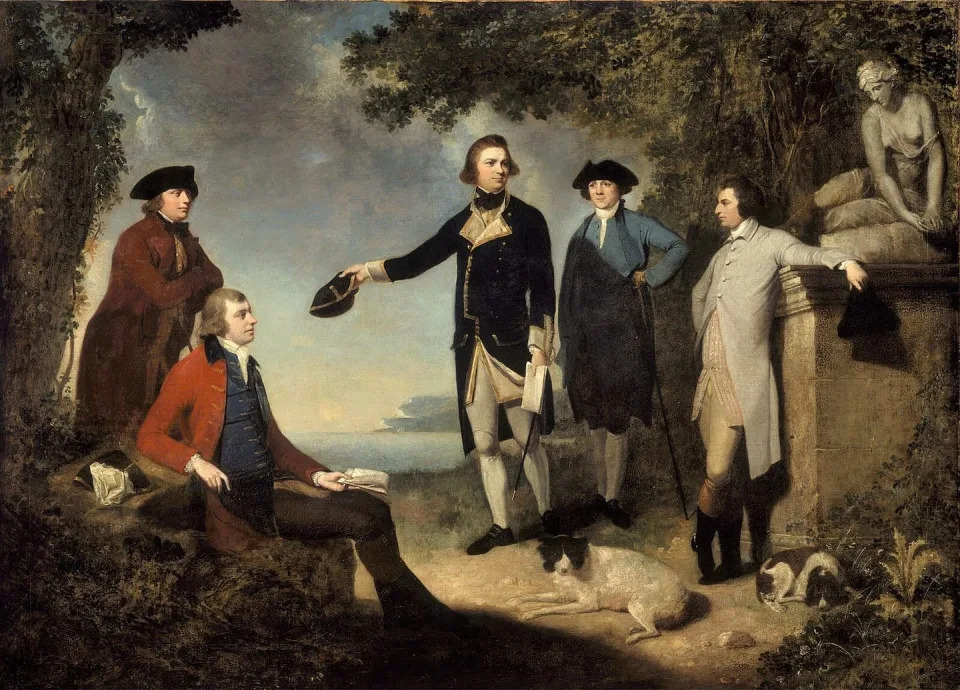Indian town abuzz as divisive temple nears completion
AFP
Fri, December 29, 2023
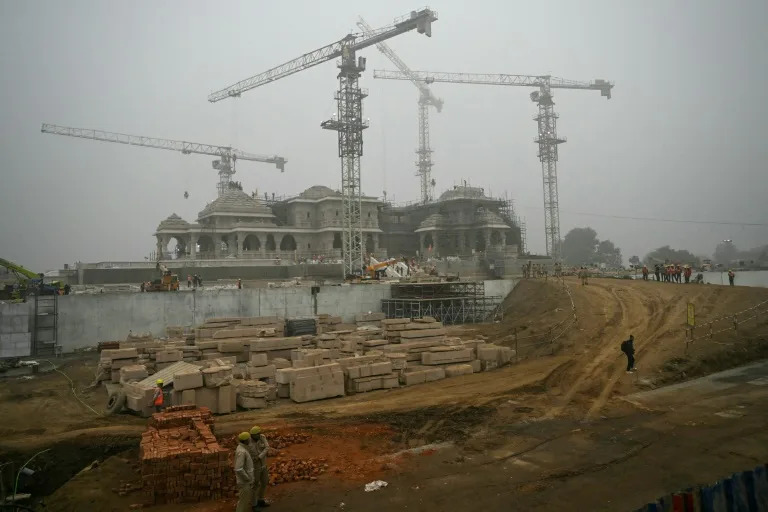
Ram is one of the most revered deities in the Hindu pantheon (Arun SANKAR)
In an Indian town known as a flashpoint for sectarian violence, workers are crafting the final touches on a divisive temple that has come to symbolise the country's rising tide of Hindu nationalism.
Prime Minister Narendra Modi will next month inaugurate Ayodhya's new shrine to Lord Ram on a site where a mosque once stood, before it was torn down by Hindu zealots more than three decades ago.
Muslim residents of the city, remembering the deadly riots that accompanied the demolition, have been wary of its renewed atmosphere of religious fervour.
But for many more, the project is both a means of restoring Ayodhya to the glory of its depiction in ancient Hindu texts, and proof of Modi's commitment to defending India's majority faith just months ahead of national elections.
"Modi has stayed true to his promise," housewife Gudiya Devi told AFP outside another temple in Ayodhya after her morning prayers.
"All these years we dreamt of a majestic Ram temple and now that dream is coming true," she added. "This is all thanks to Modi. He is our true leader."
Artisans were toiling on top of bamboo scaffolds Friday to finish ornamental details on the main structure of the imposing shrine, which will stand 50 metres (160 feet) tall at its highest point.
With a price tag of an estimated 20 billion rupees ($240 million) according to project manager Jagdish Aphale, its builders expect tens of millions of Hindu pilgrims to visit the temple each year.
Immense sums from government coffers have poured into Ayodhya to give the city's dilapidated infrastructure a facelift ahead of the inauguration.
A new international airport will open on Saturday, road and rail connections have been upgraded and a crop of new hotels have sprung up almost overnight.
Sidewalks and pillars have been decorated with the saffron flags and marigold flowers used in Hindu festivities to welcome travellers.
"So many pilgrims have already started pouring into the city," said Shubh Mangal, a 52-year-old who makes his living selling flowers and other offerings for Hindu worshippers.
"My profits have doubled. We are all overjoyed."
- 'Full of dread' -
Ram is one of the most revered deities in the Hindu pantheon as the protagonist of the Ramayana, one of the faith's two foundational epics, which chronicles his battles with the demon-king Ravana.
Devout Hindus believe that Ram was born in Ayodhya around 7,000 years ago but that during the rule of the Mughal Empire, the Babri Masjid mosque was built on top of his birthplace in the 16th century.
Modi's presence at the inauguration is effectively the opening salvo in his campaign for re-election later in 2024.
His Bharatiya Janata Party (BJP) has campaigned for decades to build a temple on the site and its activists were instrumental in the mosque's demolition.
One senior BJP leader travelled around the country to rally the faithful to the cause in a Toyota sedan fitted to resemble Ram's mythical chariot -- a procession that sparked multiple religious riots in its wake.
The mosque was torn down by a mob in 1992, triggering another wave of riots across the country that killed 2,000 people, mostly Muslims.
Its destruction was a hammer blow to the foundations of India's secular political order, paving the way for the rise of Hindu nationalism to become the country's dominant political force.
The site lay dormant for decades before a Supreme Court decision in 2019 permitted construction of the Ram temple.
Haji Mehboob, a witness for the losing side of that case, said Modi's presence at the temple's inauguration was another milestone in the increasing entanglement of Hindu worship and politics.
"The prime minister of a secular country is coming to inaugurate a Hindu temple... with an eye on winning the 2024 elections by reaching out to his Hindu base," he told AFP.
"The Muslim community in Ayodhya is full of dread over what the future holds for them."
abh/gle/dva



